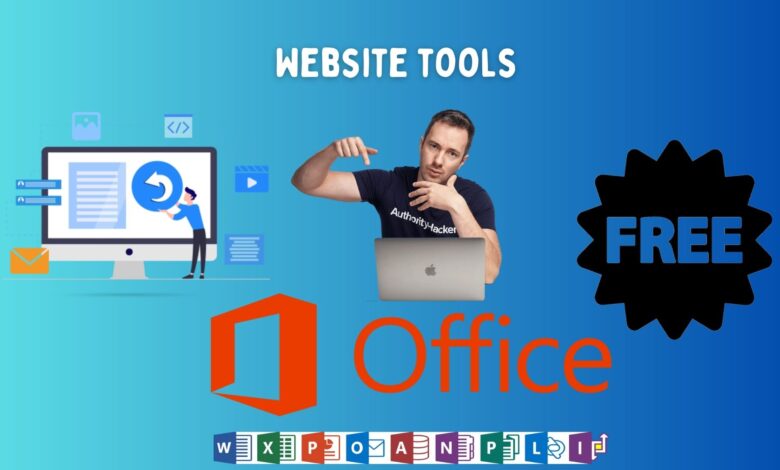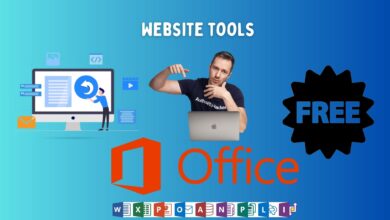10 Best Practice Management Software (March 2023) – Forbes Advisor

Whether you’re a freelancer or an enterprise-level company, it’s important to consider how you and your teams work best. We suggest looking at how each practice management tool handles collaboration, communication, visualizations, and pricing structure.
Collaboration starts with your colleagues, but also includes outside help and customers. If you want to share view-only boards with customers, make sure it offers that feature at a price point you can afford. Alternatively, some practice management software allow you to invite clients or collaborators as guests and set permissions for different users.
Some task management tools are boards for listing and organizing tasks for a project. It allows other users to leave comments, send direct messages, start group chats, or integrate with popular communication tools like Slack. Choose the one that best suits your organization’s communication requirements.
Kanban-style visualizations are visual and very easy to use, but not everyone works best with that style of project management. Whether you want Gantt charts or a timeline view, be sure to consider what each task management software offers when narrowing down your list of choices.
Finally, pricing structure is a big part of choosing the right practice management tool. If you have a small team, a monthly user pricing plan works well for your budget. Larger groups may want to consider an enterprise plan with custom pricing or a flat-rate plan that allows unlimited users.
Important features
The best project management software generally includes basic features that help you build and manage tasks and projects. Make sure these features are available even in low-cost plans:
- Project views It’s hard to get just one view of project management software, but often different project views are locked behind high-level plans. These are important to look at all the work that needs to be done or projects that are 50,000 feet long. Whether you’re a list maker or prefer a visual Kanban-style dashboard, flexible project views are great for keeping everyone working in a way that works for them.
- Subtasks: All task management software includes task management, but you can find subtask management only in the best task management software. This feature allows you to divide a large task into several sub-tasks and assign them to different team members.
- Customer Access: You’d be hard-pressed to find task management software without client or guest access. Many projects require approval or feedback from clients, so this feature is a must. More advanced task management software provides settings for the customer’s view, so the customer can view, comment, or edit only what they want.
- time tracking; Built-in time tracking is one of the most common features, but it is not always available in task management software, which is why integration is important. You should be able to track billable and non-billable hours in most practice management tools.
- Two-factor authentication: Most application management tools include security features to protect data and a popular one is two-factor authentication (2FA). This feature requires users to enter more than a password—they must also verify their identity via email or SMS with a code.
Collaboration tools
Task management software is best made with collaboration tools. Without the means to collaborate, you still rely on email, phone calls, and meetings to make sure everyone is on the same page. So, when you’re assigning tasks, renaming projects, and getting feedback, it’s helpful to have that all happen in one place. Look for these tools to help you collaborate in your practice management software:
- Communication tools: In the best task management software, you get feedback features on tasks and built-in live chat. These features help colleagues work together, managers get updates, and employees get feedback quickly.
- Functional dependencies: The ability to draw a line from one task to another to show the work that needs to be completed before another part of the project is created is great for collaboration and time management. Task management software is one way to simplify complex tasks and projects.
- Status Updates: Administrators may want to choose task management software that has built-in status updates. These are broadcasts that you can use to communicate updates on tasks or projects to a team, saving time and keeping everyone informed.
- instant documents; True collaboration between colleagues or teams may need to happen in documents. One of the best ways to do this is to look for task management software that includes a proprietary document feature built into your application. It lets everyone work on the same document at the same time, so there’s no need to reload a browser or app to see what’s changed.
Integrations and device compatibility
The best task management software today is cloud-based, so you should be able to access your tasks and projects from any browser. Still, it’s important to make sure the practice management software you choose supports the tools your team and company use. Most software developers create mobile apps for iOS and Android, but not all. If not, make sure the browser version is at least optimized for mobile.
It is also important to check the integrations with the application management software. Just because there’s a missing feature in the software you need, there may be a way to integrate another app into a complete solution for your business. You may just need to add a time tracking app to your stack, or you may want to connect your CRM or accounting software like Salesforce or QuickBooks.
Ease of use
Project and task management can range from simple to extremely complex. For large businesses with multiple teams, there may be many moving pieces with dependencies and different sub-tasks associated with each task. That’s why it’s important to choose the right task management software for your team or company’s skills.
The simplest task management software has an intuitive interface with drag-and-drop functionality so you can create and move tasks across a board or list. These are the best entry-level practice management software options. As your team or business grows, you may want to upgrade to advanced task management software that includes Gantt charts and real-time reporting that are more helpful to managers and stakeholders.
Free and paid task management software
Knowing when to use free and paid project management software comes down to the size of your business, projects, and budget. Freelancers and very small businesses can avoid the limitations of a free task management software solution. Limits usually apply to users, collaborators, tasks or projects, file size, or advanced features.
As your needs grow, you may find that you need to upgrade to a lower or mid-tier plan with more advanced features or fewer restrictions. If you’re a manager who needs to see different reports to study a lot of data, you may need to start with a paid plan, as these reports aren’t usually available on the free plans.
Another big difference between free and paid task management software is how the plans handle or allow for workflow automation. Some free plans may allow some automation, but they may be limited to a certain number of actions per month and you’d be surprised how quickly those can run out. Workflow builders are key to reducing the amount of time you spend doing the most mundane parts of task management, so starting with a paid plan will be beneficial for you anyway.
We offer you some site tools and assistance to get the best result in daily life by taking advantage of simple experiences
